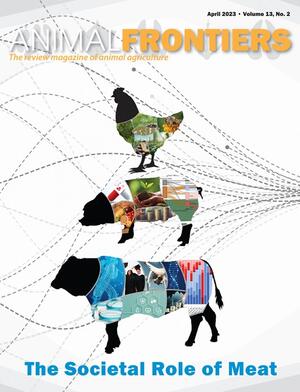
Low awareness and affordability are major drivers of low consumption of animal‐source foods among children in Northern Ethiopia: A mixed‐methods study
Abstract
Animal-source foods (ASFs), contain high amounts of essential nutrients that are readily absorbed by the body. However, children in resource-constrained settings often have limited access to these nutritious foods. This study aimed to investigate the reasons for the low consumption of ASFs among children in the Amhara region of Ethiopia. A community-based mixed-methods study was conducted, using exploratory qualitative methods supplemented by the analysis of secondary data from the Ethiopian Demographic and Health Survey (EDHS). The qualitative study employed a multiphase stepwise design and the maximum variation purposive sampling technique, enroling a diverse range of participants such as mothers and/or caregivers, household heads, religious and community leaders, health and nutrition experts, and others. The qualitative data were analysed using a thematic framework analysis method, while the quantitative data were analysed using SPSS v22 statistical software. Multivariable logistic regression analysis was performed to identify the predictors of ASFs among children under 5 years of age in the region. Despite the large and diverse livestock populations available, only 13.2% of children consumed at least one animal-source food (ASF) in the prior day. The most consumed ASFs were dairy and eggs, whereas beef, organ meat, and seafood were the least consumed. Household demographics such as residence, literacy level, paternal age, and household wealth quintiles influenced the overall consumption of ASFs. The main reasons for the low consumption of ASFs among children were unaffordability and poor awareness among caregivers. In addition, religious misconceptions, price hikes, limited availability during certain seasons, low productivity, insufficient support from health professionals, and time constraints for caregivers were also mentioned as significant barriers to ASF consumption in the area. The consumption of ASFs among children in Ethiopia, particularly in the Amhara region, remains very low. This is mainly due to the caregivers' levels of awareness and unaffordability of ASFs. It is recommended that behavioural and sociocultural interventions be implemented that target caregivers to improve the consumption of ASFs among children.
Citation
Zerfu, T., Duncan, A., Baltenweck, I. and McNeill, G. 2024. Low awareness and affordability are major drivers of low consumption of animal‐source foods among children in Northern Ethiopia: A mixed‐methods study. Maternal & Child Nutrition










